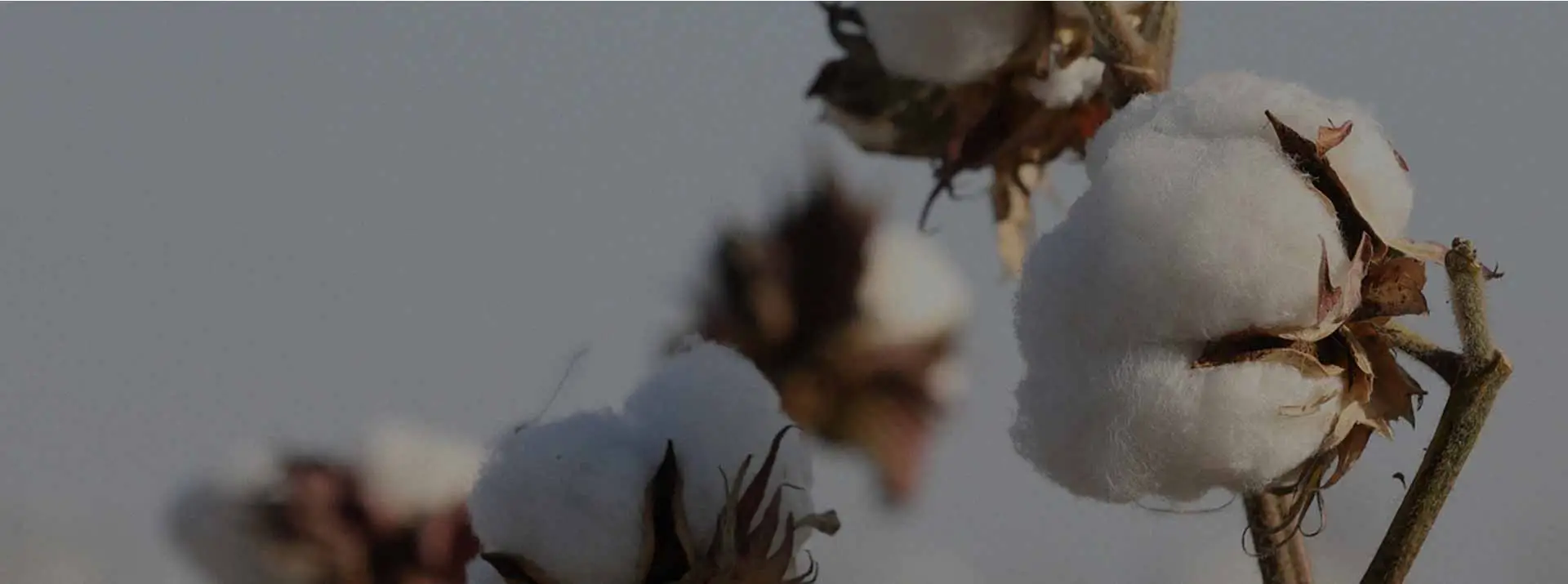It is made of high-grade silk as raw material
Utilize it to prevent allergies to delicate human skin
Natural skin friendly
Natural anti mite, antibacterial, and anti mold
Excellent breathability
Rich in 18 essential amino acids that are easily absorbed by the skin
Produce a pure, natural, safe, and healthy new type of sanitary product
It can effectively prevent itching and allergic symptoms in women's private skin
Has the ability to eliminate odors
It has the effect of reducing inflammation.
| Model | Material | Width | Length | Packaging Data |
| Cotton |
1. Commitment to Quality
First Choice Health is dedicated to producing high-quality sanitary pads that meet stringent industry standards. Our manufacturing processes are certified by reputable quality assurance organizations, ensuring that every product is safe, reliable, and effective.
2. Advanced Technology and Innovation
We leverage the latest technology and innovative techniques in our production lines. This enables us to create sanitary pads with superior absorbency, comfort, and leakage protection. Our continuous investment in research and development ensures that we stay ahead of market trends and deliver cutting-edge products.
3. Customization Options
First Choice Health offers extensive customization options to meet the unique needs of your brand. From absorbency levels and materials to packaging design and branding, we work closely with you to create a product that aligns perfectly with your brand’s identity and market requirements.
4. Competitive Pricing
We offer competitive pricing without compromising on quality. Our efficient production processes and economies of scale enable us to provide high-quality sanitary pads at affordable prices, giving you a significant advantage in the marketplace.
1. Raw Material Selection
Absorbent Core: Made from materials like cellulose fluff pulp, superabsorbent polymers (SAP), or a combination of both.
Top Sheet: Usually made of non-woven fabric to provide a soft, comfortable surface that comes into contact with the skin.
Back Sheet: A waterproof layer, often made from polyethylene or a breathable film, to prevent leaks.
Adhesives: Used to bond the layers together and to secure the pad to underwear.
Release Paper: Protects the adhesive strip until the pad is ready to be used.
Other Components: Wings, odor control materials, and other features as required.
2. Forming the Absorbent Core
Pulp Defibration: Cellulose fluff pulp is fed into a machine that defibrates (fluffs up) the pulp to create a soft, absorbent material.
Mixing with SAP: The fluffed pulp is mixed with superabsorbent polymers to enhance absorbency.
Core Shaping: The mixture is then shaped into the desired form of the absorbent core, often using molds or rollers.
3. Layer Assembly
Top Sheet Application: The top sheet material is placed on top of the absorbent core.
Layer Bonding: Adhesives are applied to bond the top sheet to the absorbent core and the back sheet to the core. This step ensures the layers stay together during use.
Back Sheet Application: The back sheet is added to the bottom of the absorbent core to provide a leak-proof barrier.
4. Addition of Features
Wings: If the pad design includes wings, these are added during this stage. The wings are made from the same materials as the top sheet and back sheet and are attached using adhesives.
Elastic: Some pads include elastic elements to provide a better fit and prevent leakage.
5. Cutting and Shaping
Cutting: The large sheet of assembled layers is cut into individual pads using cutting dies or rotary cutters.
Shaping: Each pad is shaped according to the design specifications, ensuring consistency in size and shape.
6. Application of Adhesives and Release Paper
Adhesive Strips: Adhesive strips are applied to the back sheet to enable the pad to stick to underwear.
Release Paper: A strip of release paper is placed over the adhesive to protect it until the pad is used.
7. Quality Control
Inspection: Finished pads undergo rigorous quality control checks, including visual inspections and absorbency tests.
Defect Removal: Any defective products are removed from the production line.
8. Packaging
Individual Wrapping: Each pad is individually wrapped in a protective cover to ensure hygiene and convenience.
Bulk Packaging: Individually wrapped pads are then packed into boxes or bags, depending on the packaging requirements.
9. Storage and Distribution
Storage: Finished products are stored in a clean, dry environment until they are ready to be shipped.
Distribution: Products are distributed to retailers, wholesalers, or directly to consumers.

Opting for OEM sanitary pads allows you to leverage the expertise and manufacturing capabilities of established producers. Benefits include:
Cost Efficiency: Reduces the need for your own manufacturing facilities and staff.
Customization: Ability to design and specify product features to meet your market needs.
Quality Assurance: Access to high-quality products manufactured under stringent standards.
Speed to Market: Faster production times and entry into the market.
Design and Specification: Collaborating on the design and specifications of the sanitary pads.
Prototyping: Creating prototypes based on the agreed specifications.
Manufacturing: Mass production of the pads using advanced machinery and quality control measures.
Packaging: Custom packaging according to your brand’s requirements.
Shipping: Final product shipment to your distribution centers or warehouses.
Experience and Reputation: Look for manufacturers with experience and positive reviews.
Quality Control: Ensure they have robust quality control processes.
Customization Capabilities: Ability to meet your specific product requirements.
Cost: Competitive pricing without compromising on quality.
Communication: Clear and effective communication channels.
Absolutely. OEM manufacturers offer eco-friendly options, including:
Biodegradable Materials: Using biodegradable and compostable materials.
Sustainable Packaging: Eco-friendly packaging solutions.
Eco-Certifications: Compliance with environmental standards and certifications.
